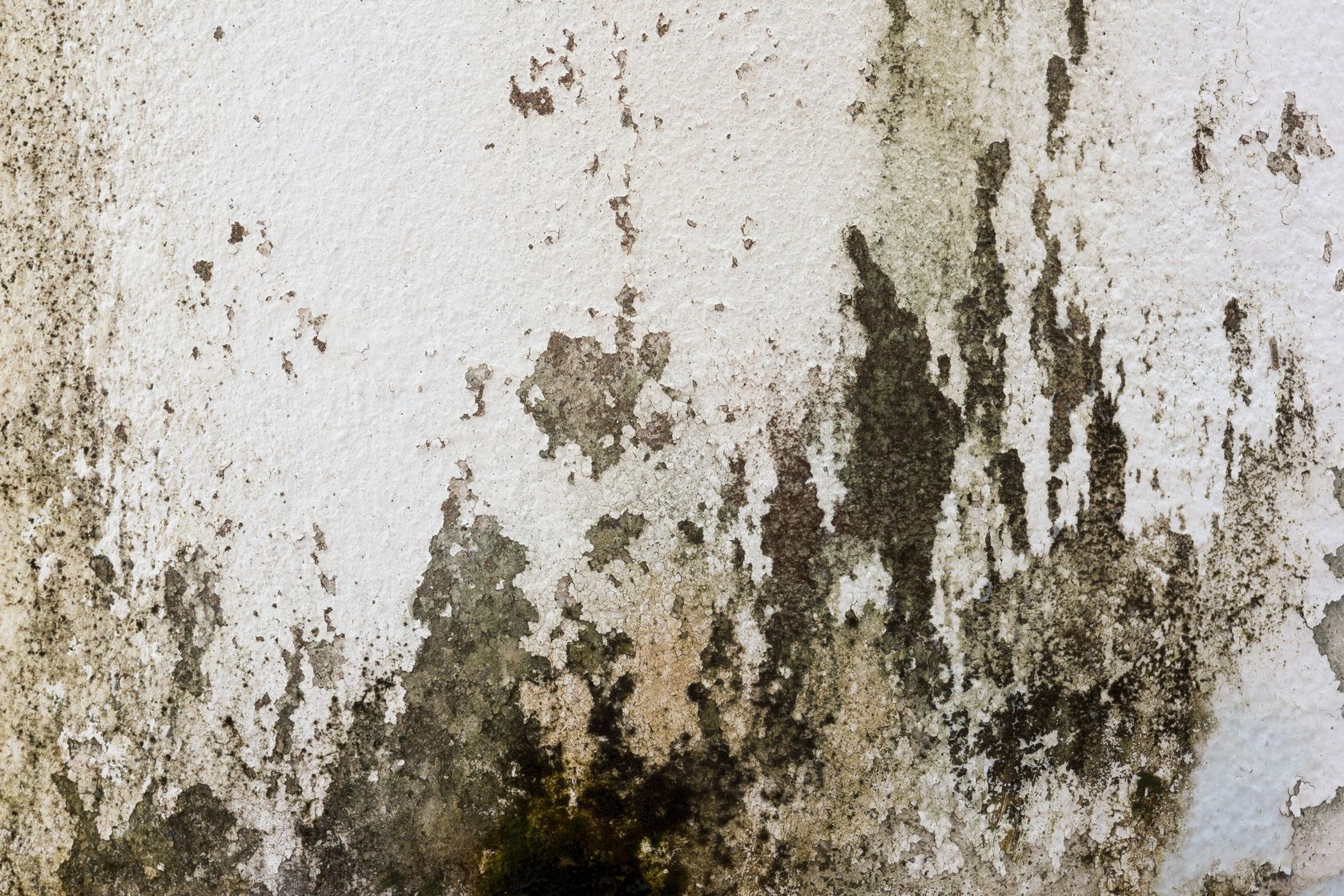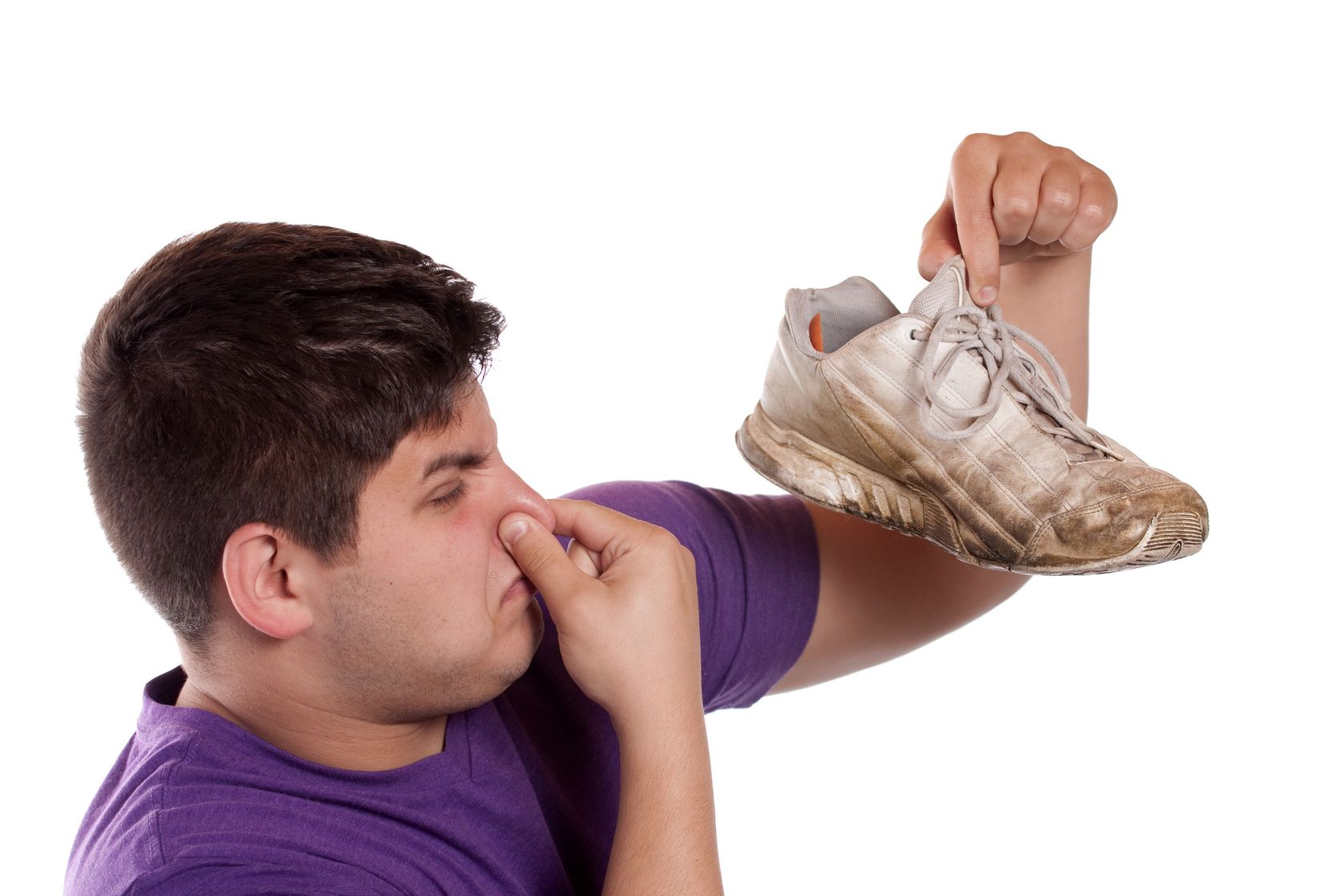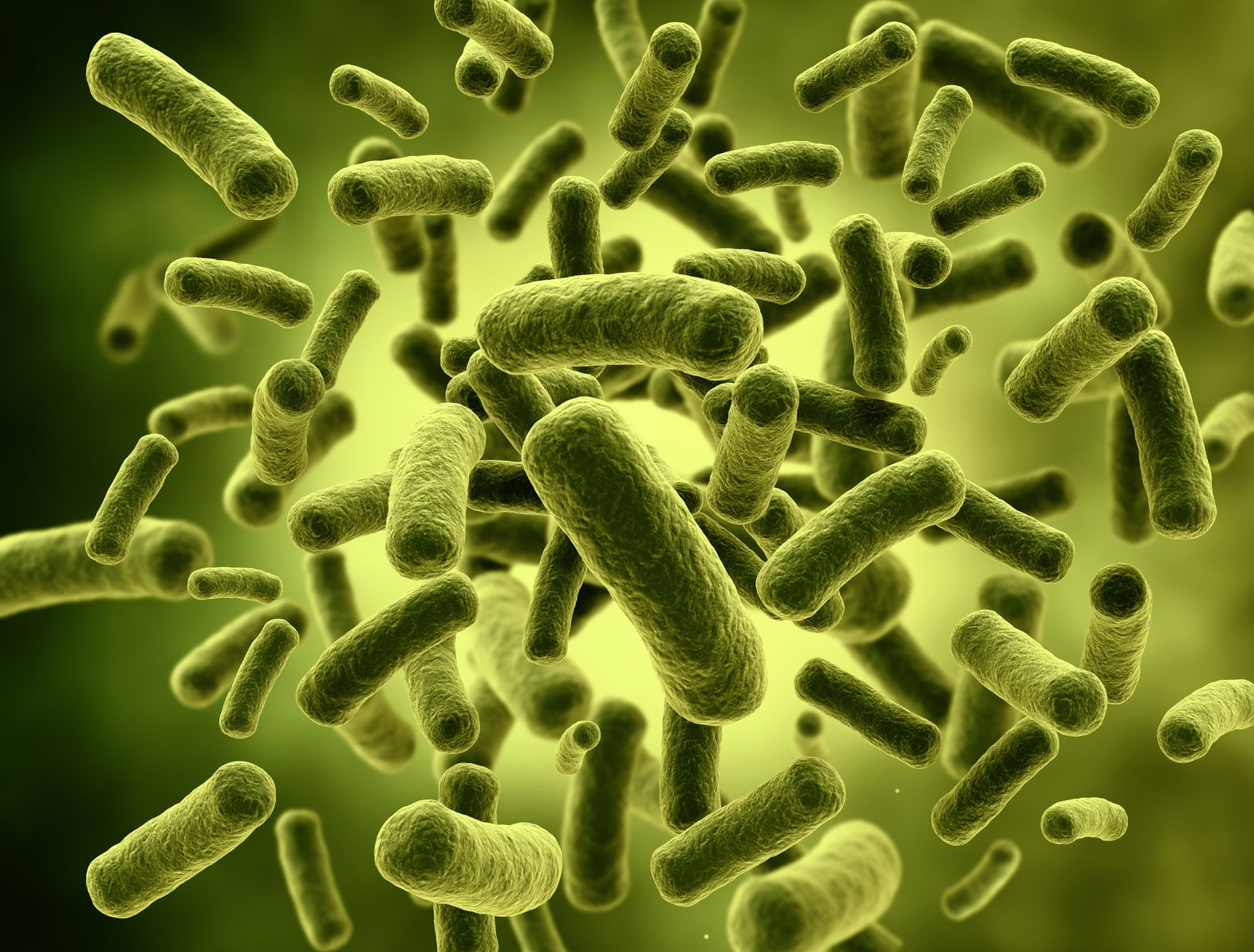End Use Applications
Microbes are everywhere in the biosphere, and their presence invariably affects the environment in which they grow.The effects of microorganisms on their environment can be both beneficial and harmful.
Much of our experience with bacteria involves disease. Although some bacteria do cause illness, many kinds of bacteria living on or in the human body can prevent disease. Bacteria associated with the human body outnumber body cells by ten to one. In most cases, the bacteria that cause sickness are not bacteria that normally inhabit the body. They are picked up instead from sick people, sick animals, contaminated food or water, or other external sources. The bacterial disease also can occur after surgery, accident, or some event that weakens the immune system.

Food and Water
Every year, millions of people worldwide become sick from eating contaminated foods. Although many cases of foodborne illness or “food poisoning” are not reported, the Center for Disease Control and Prevention (CDC) estimates there are 76 million cases of such illnesses in the USA each year. In addition, the CDC estimates 325,000 hospitalizations and 5,000 deaths related to foodborne diseases each year. Microbes can cause these illnesses, some of which can be fatal if not treated suitably.
Poor manufacturing processes or poor food preparation can allow microbes to grow in food and consequently infect humans. Escherichia coli (E. coli) bacteria can be found in contaminated water, unpasteurized milk, apple juice or cider, in raw or rare ground beef, and on unwashed raw fruits and vegetables. It is a germ that can be passed person to person.
People with diarrhea caused by Cryptosporidia or other diarrhea-causing microbes such as Salmonella, can infect others while using swimming pools, waterparks, hot tubs, or spas. The bacteria can have serious consequences for vulnerable people, especially children and the elderly.

Building Materials
Mold is everywhere and there are no practical ways to entirely abolish mold spores in the indoor environment. The best protection against mold is moisture control and the use of mold-resistant building materials.
The prevention of mold begins with solid building practices and good workmanship. It is essential to prevent water leakage from infiltrating a structure and to allow water vapor to adequately vent rather than condense on walls and floors. Another important factor, but a sometimes neglected one, is to educate occupants on the importance of monitoring indoor humidity levels and of using ventilation devices in areas where condensation tends to occur.
The building materials industry is fully aware of consumers\’ growing desire to protect their homes from the harmful effects of mold and bacteria, without sacrificing the environment. Antimicrobial technology can be a helping hand in delivering long term protection without damaging side effects.

Odor
Odor is usually caused by germs. Unpleasant odor can arise from the body, food and chemicals
Body odor is a byproduct of the metabolic processes of certain bacteria (mainly corynebacteria and micrococci). It is most often caused by the breakdown of bacteria on the surface of the skin. When one perspires, bacteria begin to replicate in the warm, moist areas of the body. They quickly multiply and then die, releasing an odor to the atmosphere as they decompose.
Spoilage bacteria can cause food to deteriorate and develop unpleasant odors, tastes, and textures. These one-celled microorganisms can cause fruits and vegetables to get mushy or slimy, or meat to develop a bad odor.
Therefore, controlling the bacteria population responsible for causing malodor for many people and products is really a matter of cleanliness.

Pathogenic Microbes
Pathogenic microbes are microbes that cause infectious diseases. Pathogens are the cause of infectious diseases, such as plague, tuberculosis, anthrax, malaria, sleeping sickness, toxoplasmosis, ringworm, candidiasis, and histoplasmosis. The most common fatal bacterial diseases are respiratory infections, with tuberculosis alone killing about 2 million people a year, mostly in sub-Saharan Africa.
